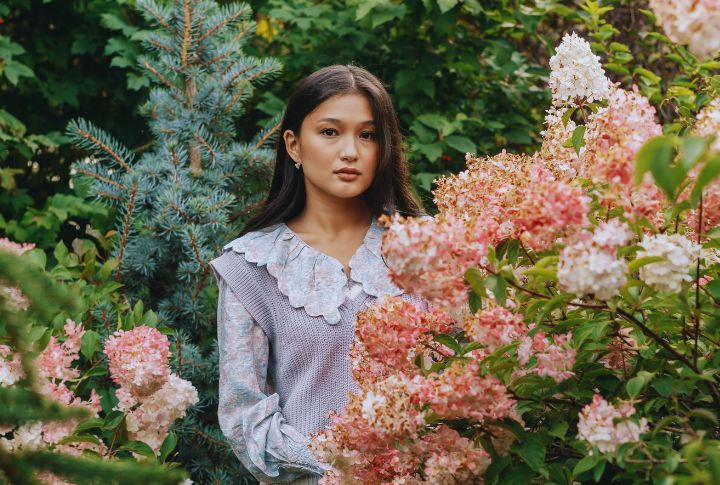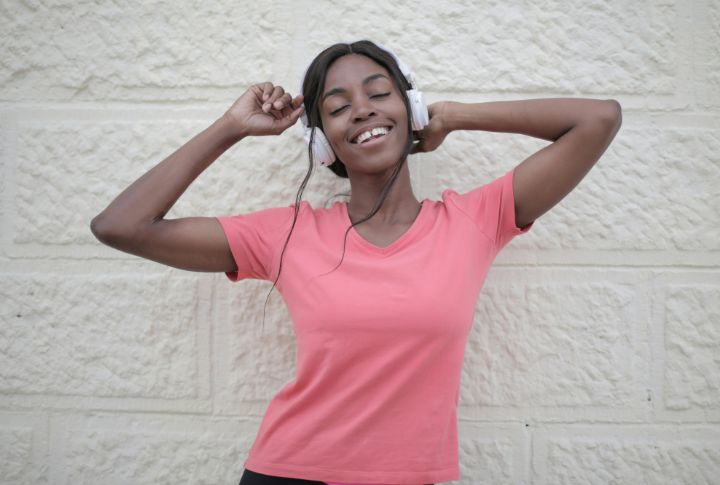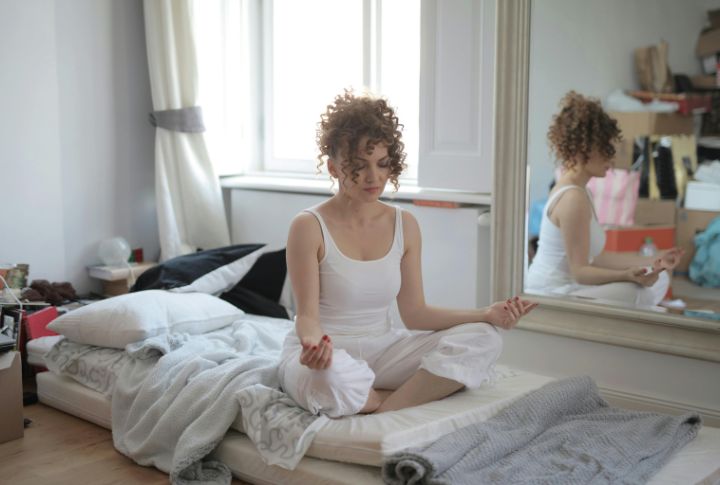
People say beauty is in the eye of the beholder, but neuroscience reveals it’s also in the brain. What we see, hear, or experience as beautiful sparks chemical and electrical reactions that shape how we feel. Mood and beauty are more tightly linked than most people realize. So, let’s take a look at the 10 ways beauty reshapes mood from the inside out.
A Walk In Nature Calms Your Mind

Brain scans reveal that beautiful green spaces (lush trees, scenic parks) actually lower activity in your amygdala, where stress originates. The visual pleasure of beauty literally soothes your brain, lifting anxiety and brightening your emotional state.
Music Also Triggers A Dopamine Rush

Your brain releases the feel-good hormones as soon as you hear your favorite song. The feeling heightens just before the favorite parts of your song. An anticipation like this stimulates the brain’s reward system and boosts your mood in advance.
Natural Sounds Lower Stress Levels

Nature’s sounds do more than fill the air—they calm your brain. Birdsong, rustling leaves, and flowing water help reduce cortisol, the stress hormone. By activating your auditory system, these sounds create a calming, multi-sensory experience that makes you feel more relaxed and happy than just seeing nature alone.
Art Sparks Emotional Insight

Viewing art activates the brain’s default mode network, which is linked to introspection and empathy. Whether it’s a painting, sculpture, or photograph, beautiful art can evoke deep emotional responses and even help people process complex feelings. This emotional engagement can lead to greater self-awareness and a more balanced mood.
Attractive Faces Light Up The Mood

Looking at attractive faces activates a region within the brain that is associated with processing pleasure. So, that instant attraction you feel? That’s just your social neurons and hormones doing their job: recognizing people whom you would like to see again.
Sunlight Affects Your Mood

Sunlight doesn’t just brighten your surroundings—it brightens your brain. Exposure to natural light can uplift your mood and help regulate your sleep cycle. Even 10 to 30 minutes of morning sunlight can make you feel better, help you focus, and reduce symptoms of depression.
Culture Also Shapes What You Find Beautiful

Growing up in different places means you learn to appreciate different things. Maybe you love minimalist design while your friend adores ornate patterns—that’s your cultural background at work. It all comes down to personal experiences and where you’re from; those things create your unique sense of beauty.
How Scientists Measure These Changes In The Brain

Neuroaesthetics looks at how our brains respond to beauty using tools like fMRI and EEG. An fMRI is a brain scan that reveals which areas are active, while an EEG measures the brain’s electrical activity and timing. Together, they reveal that beauty sparks fast, widespread brain activity, which helps explain why it can lift your mood almost instantly.
Mindfulness Enhances Our Perception Of Beauty

Mindfulness means being fully present at the scene. When you slow down and observe details in nature, music, or art, your brain becomes more receptive to positive stimuli. That kind of focused attention can heighten your appreciation of beauty and lead to a more sustained sense of happiness.
Virtual Reality Can Also Relax Your Brain

Not everyone can easily visit forests or oceans, but virtual reality can help. VR simulations of green spaces and natural scenes have been shown to lower stress and lift mood, much like the real thing. This suggests technology could bring the calming power of nature’s beauty to anyone, anywhere.

